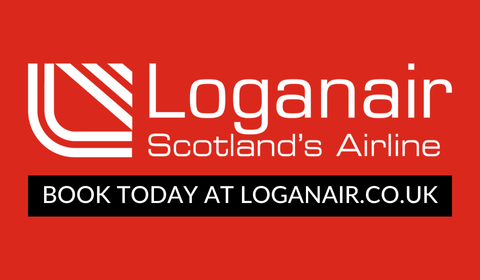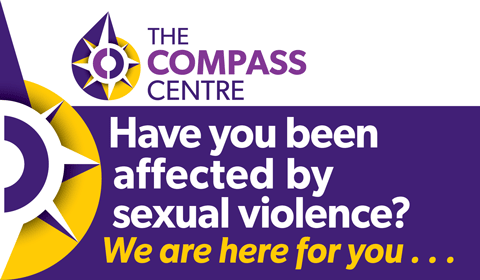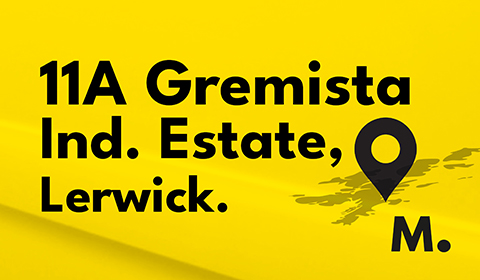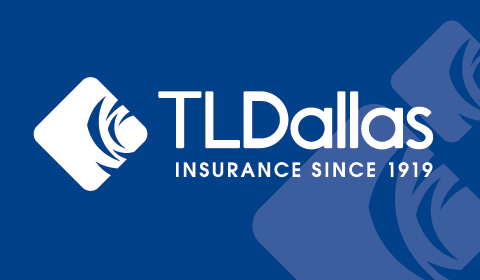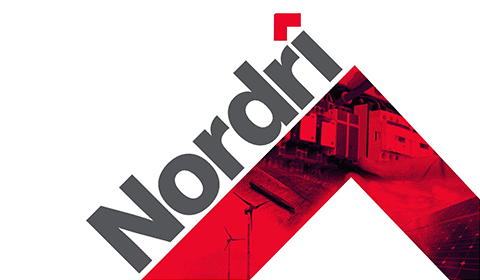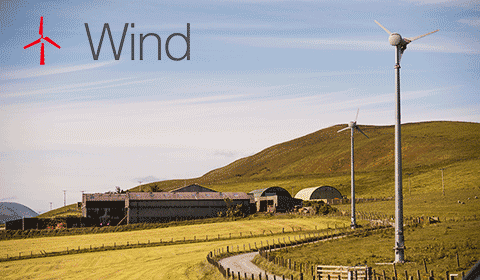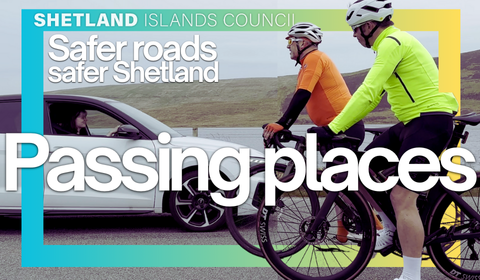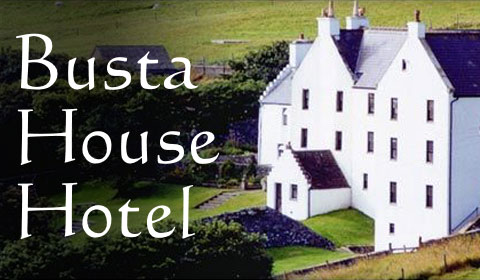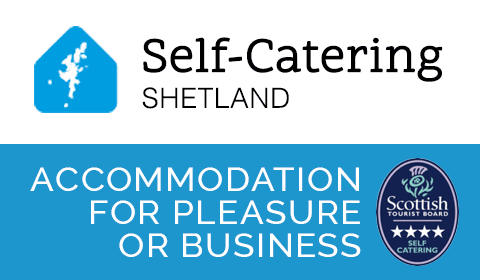Scottish Independence Debate / Shetland’s rights were trampled under foot
Synopsis of the legal argument that Shetland is not part of Scotland:
It is my contention that Shetland is not, and never has been, legally part of Scotland, writes Stuart Hill.
This matter has never been tested in the courts, so from a legal perspective nobody can quote any legal authority one way or the other. Historians can interpret the history any way they like and try to convince us that the matter is now settled, but from a legal point of view it is wide open.
When it comes to deciding what Shetland wants out of this new fluid situation, Shetlanders need to be aware that nothing is fixed and that their choices are not limited to what the main protagonists would like us to believe.
Both the UK and Scotland would like Shetland to go with them in the event of Scottish independence – for obvious reasons. However, Shetland is free to make whatever choice it wishes – from doing nothing to full independence – we just need to know that we have that choice.
Much of what I say applies equally well to Orkney, but I have restricted my comments to Shetland because of important historical differences.
If I am right, Shetland is not part of Scotland or the United Kingdom. Whatever part of Scotland that joined with England in the Act of Union did not include Shetland and whatever entity it was that joined the European Union did not include Shetland.
Recent noises by Tavish Scott, The Earl of Caithness and Lord Soley indicate that Shetland’s position in the United Kingdom is by no means fixed or certain and that we are not the same as, for instance, the Hebrides. This is supported by the history.
I have been researching Shetland’s constitutional position for about ten years and have arrived at some conclusions that are radically different to the official line.
Become a member of Shetland News
My current activities in court (I have three cases running) are intended to find out if Scotland or the United Kingdom has any real authority in Shetland. The evidence produced by the Crown so far, and their reaction to my activities, indicates that they don’t have any real authority – it’s all a bluff.
Anyone interested in Shetland’s future will do well to properly understand its past – not just what we have been spoon-fed by a self-interested government.
This is a complicated issue, much of which has been hidden away. I have done my best to explain it in simple terms, but it still needs an effort to understand the detail.
We start with the pawning document, which is recognised by legal authorities as forming the basis for the relationship between Shetland and the United Kingdom. It is essential that the full meaning of this document is understood.
In 1469 Shetland was part of Norway/Denmark. King Christian of Denmark pawned ‘the king’s lands’ in Shetland to King James III of Scotland on the occasion of his daughter’s marriage to King James.
‘The king’s lands’ amounted to about 10% of Shetland as a whole. Under Norse law the other 90% was owned outright by other landowners. This is in contrast with land ownership in the English and Scottish feudal systems of the time, where all land was held under the ultimate superiority of the Crown. King Christian could only pawn his own personal property – ‘the king’s lands’.
So, the subject of the pawning document was the 10% personally owned by the king, not the whole of Shetland. Historians have argued over whether the document meant the king’s lands in Shetland, or the king’s lands of Shetland, but from a legal perspective it is quite clear – the document concerned only those lands the king owned personally.
Later documents refer to ‘The Lordship of Shetland’. It is my belief that this meant the King’s lordship over his personal lands (the 10% of Shetland that was pawned). Other landowners, including ‘The Lords of Norway’ exercised their own lordship over their lands (the 90%).
All King James got (and all the Crown has ever had) was ‘the king’s lands’ (the 10%) held in trust. This is exactly the same as taking goods to a pawnbroker. The pawnbroker (the king) holds the goods until the money is presented to reclaim them. If he does not return the goods when the money is presented, he is guilty of theft – that is what happened with Shetland.
James III also got the tax revenue from the whole of Shetland, but this was by a separate letter, not part of the pawning document.
The pawning was a private commercial arrangement between the parties and was no concern of Parliament. Parliament was not party to the agreement. There is nothing in the parliamentary record of the time in either country to indicate otherwise.
It is clear from the record that King Christian did not relinquish Norwegian/Danish sovereignty. (See note on sovereignty at the end of the document).
Unless by act of sovereignty, James III and his successors were not at liberty to annex (take) or dispone (grant out) even ‘the king’s lands’ (because they were not owned by the Crown, only held in trust), let alone the whole of Shetland.
Over the next 200 years, the Crown purportedly annexed ‘The Lordship of Shetland’ and disponed it out to various lords and nobles. If those dignitaries fell out of favour, the king would take it back and grant it to somebody else. Every time, the granting-out was done by a ‘feudal charter’.
If he grants a feudal charter, the king must first have ownership – which he did not. None of those disponements was within the law.
In spite of not having ownership, in international law the annexations and disponements could be regarded as legitimate acts of sovereignty, and by now the question would be settled. However, the 1667 Treaty of Breda put an end to that notion.
Charles II’s acceptance of the treaty, which included a stipulation that the original pawning document still stood in its full force, turned the clock back to 1469 and Charles had to accept that all the Crown had was ‘the king’s lands’ and that they were only held in trust.
Charles’ 1669 Act of Annexation, in response to the Treaty of Breda, was no more valid than any previous act of Parliament, but it showed his intention to restore the situation to the 1469 position – Shetland was made a Stewartry in the personal care of the Crown to the exclusion of Parliament (much like a Crown Dependency).
He also made provision that in the event of a general dissolution of his Majesty’s properties (by which he meant the union of England and Scotland), Shetland was not to be included. If it were, any such Act was to be null and void. By the 1669 Act, Parliament acknowledged that Shetland was not its business.
In any case, Shetland could not be incorporated in the realm for three reasons:
- as just acknowledged by Charles II’s signing of the 1667 Treaty of Breda (meaning the pawning document still stood in its full force), all the Crown had was ‘the king’s lands’ held in trust. Anything held in trust could not form part of the realm;
- because the Crown only held ‘the king’s lands’ in trust, the 1669 Act properly and finally removes Shetland from the influence of Parliament;
- all land in Shetland was (and is) held allodially. In the English and Scottish feudal system, all land is held feudally – under the ultimate ownership of the Crown. Unless the Crown owns the ‘alod’, the land cannot be part of the realm. The ‘alod’ of the 90% was (and is) held by other landowners.
Thirty eight years later, in 1707, nothing had changed the situation and the Act of Union was an irrelevance as far as Shetland was concerned, Shetland having been removed from the influence of Parliament.
The Stewartry erected by Charles II in 1669 continued in existence until at least 1822. Since the status of a Stewartry is incompatible with that of a county, it is clear that Shetland was not included in the Act of Union.
Nothing has happened to bring Shetland under the influence of the Scottish or United Kingdom parliaments. No matter whether it is argued that the property involved was only ‘the king’s lands’, or the whole of Shetland, the Crown has only ever held it in trust. Parliament has never been a party to that arrangement.
Even as late as 1907, Lord Johnson pronounced that nothing had occurred since 1468 which amounts to a general acceptance of the Scots Feudal System. The implication is that Shetland could not be part of the realm, even at that time.
There existed what I refer to as a silent third party to the pawning – the remaining 90% of landowners who, at the time, were on a par with the king in terms of their sovereignty. They owned their land outright, they made their own laws and they elected their king. They enjoyed sovereignty in the fullest sense of the word.
Nothing had, or has, happened to disturb the ownership and sovereignty of the 90% silent party and nothing has happened to remove that sovereignty from them, or their heirs and successors. Every landowner and householder in Shetland is on a par with, or superior to The Queen in these islands.
The term ‘landowner’ includes of course the Shetland Islands Council, the holder of all land not in private ownership. Since the SIC represents the whole population, every adult in Shetland, whether they directly own land or not, has inherited the inherent sovereignty of the original landowners.
By infiltration, Scottish lords and masters, although having no legitimate claim themselves, usurped the rights of the 90% silent third party, reducing them from a position of sovereignty to one of serfdom, where, through dread of the consequences, they were unable to claim their natural rights.
It is clear that Norway no longer wishes to enforce its claim to Shetland (and has probably been well recompensed by the gift of a substantial part of Shetland’s oil-bearing continental shelf anyway), so this is no longer a matter between Norway and Scotland/United Kingdom. It is a matter between the people of Shetland and Scotland/United Kingdom.
It might be argued that the Crown has by now achieved sovereignty by acquisitive prescription (length of time). This would be a tenable view were it not for the fact that the rights of the 90% silent third party have been trampled under foot and they were left in such a state of fear and dread that they have been unable to make complaint and have now completely lost any sense of their own sovereignty.
That fact is sufficient in international law to counter the Crown’s claim. As the ones with the only legitimate claim, the future of Shetland lies in the hands of the people of Shetland.
My conclusions
The inevitable conclusions to be reached are:
- that the Crown has tried to assert a right it did not have;
- that nothing has been done to take away Shetland landowners’ inherent sovereignty;
- that there is no land in Shetland that is not udal (allodial) – belonging outright to the owner;
- that, as allodial land, no Shetland land could be incorporated into the feudal realms of either Scotland or the Great Britain established by the Act of Union;
- that, under udal law, all land-owners with shore frontage own the foreshore and seabed out to a depth of about two metres;
- that, under udal law, the Shetland community owns the seabed out to the edge of the continental shelf;
- that ownership of any of the large estates in Shetland that rely on a Crown charter for their existence is open to question because the original charters are void;
- that there was no possible way that Shetland could legally have become part of Scotland;
- that, due to the Crown’s actions, the Act of Union between England and Scotland was irrelevant to Shetland;
- that, similarly, the United Kingdom joining the EEC or the European Union was irrelevant to Shetland;
- that no Act of Parliament, Statute or Directive emanating from Scotland, the United Kingdom, or the European Union can have any effect in Shetland;
- that the position of the Crown in Shetland is that of a usurper with no legal authority whatsoever.
Footnote on Sovereignty:
To most people, the word ‘sovereignty’ means the right by which the monarch rules.
At the time of the pawning in 1469, sovereignty meant quite different things to each of the monarchs involved. James III was monarch in the feudal system, in which the monarch is deemed to have ultimate ownership of every part of his realm. To be part of the realm, every bit of land must be in the ultimate ownership of the king (or queen). James III was essentially king of the land.
By contrast, under Norse (udal) law, King Christian ruled over his people – the land was owned outright by each landowner.
Additionally in King Christian’s case, he was an elected monarch. He was given the right to rule by those who elected him, some of whom were the ‘Lords of Norway’, who were landowners in Shetland.
Those Shetland landowners owned their land outright, made their own laws and elected their king. They were sovereign in the most complete sense. It is that inherent sovereignty that has been passed down to the present Shetland population.
Become a member of Shetland News
Shetland News is asking its readers to consider paying for membership to get additional perks:
- Removal of third-party ads;
- Bookmark posts to read later;
- Exclusive curated weekly newsletter;
- Hide membership messages;
- Comments open for discussion.
If you appreciate what we do and feel strongly about impartial local journalism, then please become a member of Shetland News by either making a single payment, or setting up a monthly, quarterly or yearly subscription.








